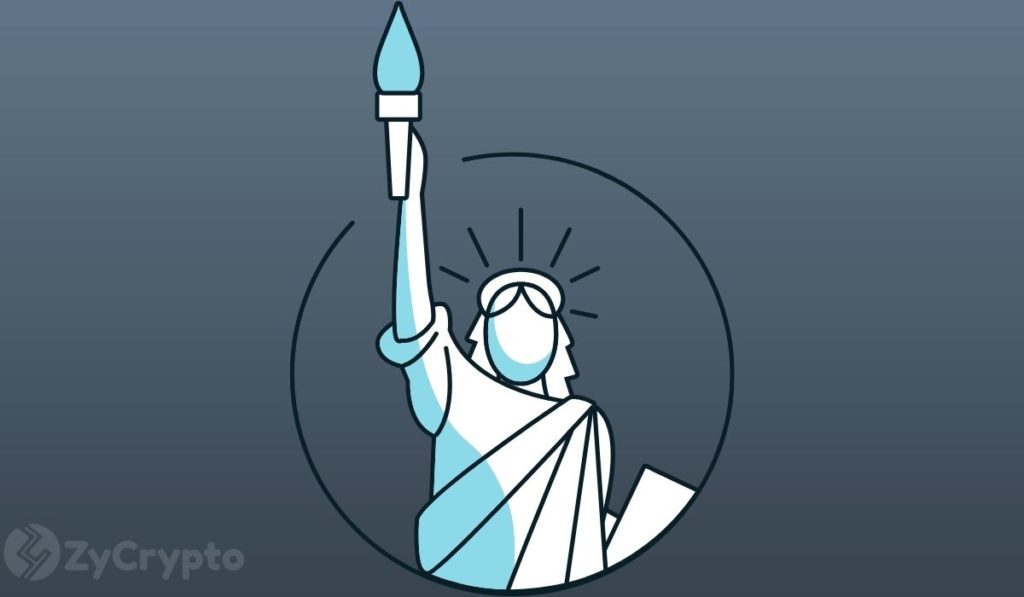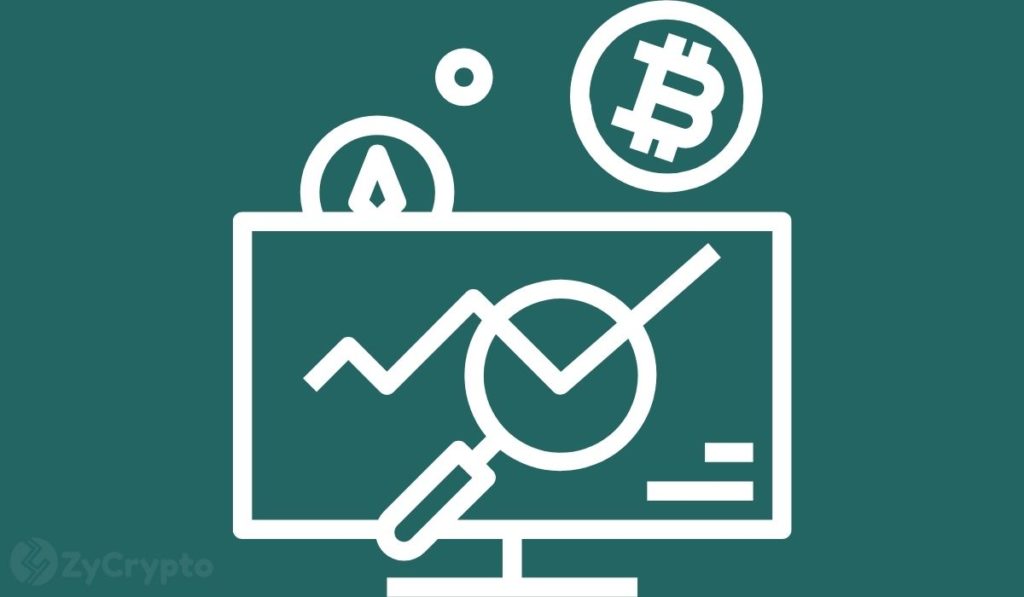2021-12-24 18:00 |
The days when NFTs were solely about cartoonish penguins and mutant apes are gone. As 2022 approaches, conversations around non-fungible tokens have extended far past the early head-scratching questions (What are NFTs Anyways?) and fire-stoking long reads (Are NFTs Just a Fad?).
Following the billions of dollars generated, institutional adoption, and verifiable social movements born out of the NFT sector, it is fairly evident to anyone paying attention that NFTs are here to stay.
Heading into the new year, what’s next for NFTs? Here are my predictions as someone who has been in this space before the zeitgeist happened.
Move Over JPEGs, Diverse Use Cases Beyond Art for NFTsFrom real-estate, to play-to-earn, to publishing, platforms are bubbling up to take NFT technology into new corners of society and culture. Games like Axie Infinity have continually upped the ante with in-game NFTs representing progress in their virtual worlds—and legitimate forms of income for players.
While curious pedestrians might only associate NFTs with the big-ticket digital art sales, we’ve witnessed what’s possible when platforms blur the lines between art and community (See: Bored Ape Yacht Club) to represent not only ownership but exclusive membership. In the coming months, look out for increased innovation across music (3LAU’s Royal) and even vaccination certificates, which could help improve data collection across the health industry.
Hey Kid, Get a Job! No, thanks, I’ll Take an NFT InsteadIf there’s one thing people love about Web3 and NFTs, it’s how blockchain technology can help democratize seemingly everything. In doing so, they’ve helped remove the levels of gatekeeping which have for generations dictated people’s access to employment and wealth.
Crypto and DeFi have created day traders out of young investors who are more akin to the forthcoming GameStop movie and Dogecoin mania than Oliver Stone’s Wall Street. NFTs are creating space for artists of all kinds to build wealth without the need for traditional art dealers, press, education, and what’s been endemic to the art world for centuries—status.
From Beeple to Pplplsr to PAK, once unknown artists are now celebrities, some of whom are now overnight millionaires. It’s safe to say that more will continue to emerge from the blockchain in the days and months ahead, adding a whole new element to the Great Resignation.
On the blockchain gaming side of the spectrum, platforms Sandbox and Decentraland have turned gamers into virtual land barons, real-estate agents, and quasi- “animal” breeders. While “working” in these worlds often equates to more of a side hustle vs. legitimate, rent-paying career, gamers can certainly make enough to offset certain living costs by staking, farming, and battling in-game assets. As virtual worlds (and their tokens) grow and take in more investment, we can predict that even more gamers will start generating income through time spent on screens and in virtual worlds.
NFTs for Good (and Change)It’s not just about money and sticking it to the man—NFTs are doing a lot of good for everything from the environment to social causes, healthcare, and fundraising. A collaboration between the UN-Habitat, IAAI Glocha and Polkadot NFT chain Unique Network, Digital Art 4 Climate, addressed some negative connotations regarding blockchain mining and the environment for an NFT design competition centered around sustainability. The principality of San Marino adopted NFT vaccine passports in July of 2021, a significant move for the implementation of how NFTs can be used to improve access to healthcare data and documentation. Furthermore, in the charitable space, celebrities from Pele to Ellen DeGeneres have used NFT sales to raise money for important causes, as outlined in an article in Yahoo, which also pointed out the opportunities made possible by NFTs in the fundraising and donation space. A DAO was even created to raise money and awareness to release convicted Silk Road creator Ross Ulbricht through NFT sales. As institutions and governments continue to enter the blockchain fold, we can expect to witness even more people and platforms utilizing NFTs to pay it forward.
The Emergence of Enterprise BrandsBudweiser, Adidas, Nike, Taco Bell—many of the world’s most popular and profitable brands have swiftly made their mark on the NFT space. But what will be even more interesting to see in the next year are the brands outside of culture, clothing, and commercial commerce entering the mix. Blockchain has long been a decentralized antidote to the perils of Web 2.0 and Big Tech.
But now, we’re seeing industry behemoths whose bottom line has long relied on data and proprietary software, like Microsoft and IBM, dip their toes into NFT technology as a way to expand their reach. A year from now, will nearly every massive technology platform be doing something in NFTs?
Extending Beyond EthereumEver since the first Cryptokitty pureed its way into existence, the Ethereum blockchain has garnered the most attention for being responsible for NFTs’ exponential growth. While Ethereum has led the conversation alongside the NFT mania of 2021, it’s also been home to infamous network congestion, exorbitant gas fees, and primitive use cases. Enter the NFT-potential of alternative, next-generation blockchain.
In the latter half of 2021, alternative chains like Kusama, which just went through their first round of parachain auctions, and Solana, which is the newly announced home of Michal Jordan’s new NFT app, are demonstrating their potential for scalability, consumer, and investor interest. Something tells us that 12 months from now, these relative newcomers will be giving Ethereum a run for its hashrate.
The post Looking into the NFT crystal ball of 2022 appeared first on CryptoSlate.
origin »NFT (NFT) на Currencies.ru
|
|







